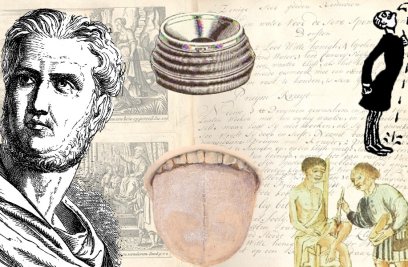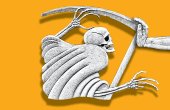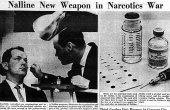The Blunders of a 16th-Century Physician-Astrologer
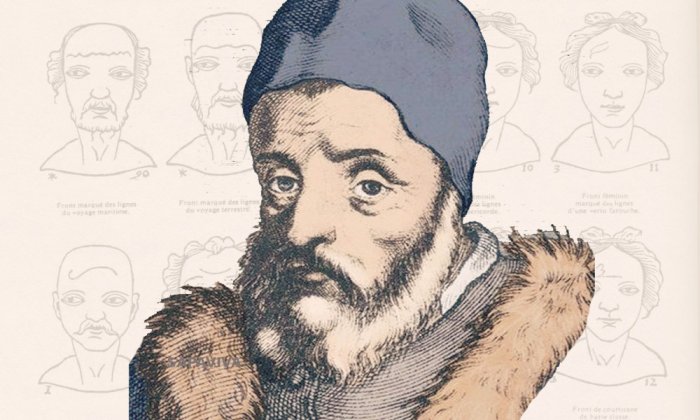
Some of us will remember that Ronald Reagan and his wife Nancy consulted astrologer Joan Quigley before any major presidential decision. Reagan’s “official astrologer” claimed that she was responsible for setting the time of press conferences, trips abroad, surgery, speeches, the takeoff and landing of the president’s airplane, and so on. To believe her account, her forecasting was influential in momentous foreign policy decisions. She was not the only astrologer the Reagans consulted. They also sought the advice of Carroll Righter, renowned author of several books on astrology and a syndicated advice column for hundreds of newspapers across the world. That the celestial bodies are not always reliable became evident when no astrologer was able to predict that on March 30, 1981, at 2:27 p.m., EST, President Reagan would be shot in the chest during an assassination attempt. Quigley peremptorily affirmed that she could have predicted the regrettable episode, because it was “very obvious,” if only she had drawn up his charts. Unfortunately, her occupations had precluded her from doing this.
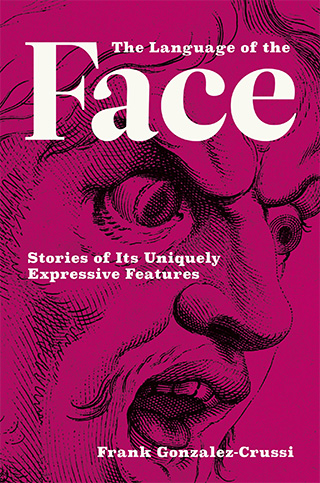
Today, people’s blind belief in the power of astrology to reveal the future strikes us as absurd, because our mental stance is radically different. Slowly, the realization set in that the future is unknowable; that we can only approach it by inference and conjecture. But in the Renaissance there was no stigma attached to astrological considerations. Astrology came enshrined in the prestige of an exact science grounded upon an immensely long experience. It could make mistakes, because it was also an art, just like medicine. Inextricably interwoven with astronomy, astrology seemed to have the power to predict the major landmarks of a person’s life with the same accuracy as astronomy could predict the date of an eclipse.
Renaissance physicians relied heavily on astrology, whose precepts allegedly enabled the expert to “read” the messages of the sky. For just as the body was believed to display signs of a hidden meaning decipherable only to the expert, so the sky used the stars — the true arbiters of our destiny — to send to our planet signs which only those well versed in astrology could interpret.
Notable among all divinatory physicians was a man of extraordinary eccentricity and uncommon genius: the Italian polymath from Pavia (some say Milan), Girolamo Cardano (1501–1576); his name is usually transcribed in English as Jerome Cardan, a custom that will be followed here. Cardan was deeply immersed in astrology. His medical diagnoses and prognoses were unwaveringly related to the movement of the stars in the sky, a tradition handed down from generation to generation without a break across millennia.
The basic underlying hypothesis is simple: The forehead is the scroll on which God wrote His sublime word.
In his clinical work, Cardan revived metoposcopy, the art of divination by looking at the lines of the face, especially of the forehead. Other passing references to metoposcopy can be found in ancient writers, but none as detailed as Cardan’s, who wrote a whole treatise, “Metoposcopy,” in which he asserts that the forehead is, of all the parts of the face, the most important and characteristic; for by the simple inspection of this area a skillful physiognomist can guess the slightest nuances of a man’s character.
The general structure of the forehead Cardan deemed important. A very elevated forehead with an elongated face and a pointed chin indicate a totally null intellect. A bony, prominent brow announces an obstinate and peevish character; if fleshy, it indicates a gross, vulgar character. But it is the type and disposition of the lines or wrinkles of the forehead that provide the most important information. The wrinkles ordinarily become pronounced with age; but even before old age they are perceptible, according to Cardan, and sometimes strenuous efforts render them visible even at a tender age. A weak and suspicious character is inferred from the obliquity of the forehead wrinkles. If these are straight, regular and somewhat shallow, they announce judiciousness, wisdom, and probity. A forehead with abundant wrinkles on its upper part, but devoid of them on the lower part would be a sure mark of stupidity. In addition to major horizontal lines, there are small “secondary” lines that intersect and may form different shapes, such as crosses, circles, triangles, starlike figures, and the like, each carrying its own signification.
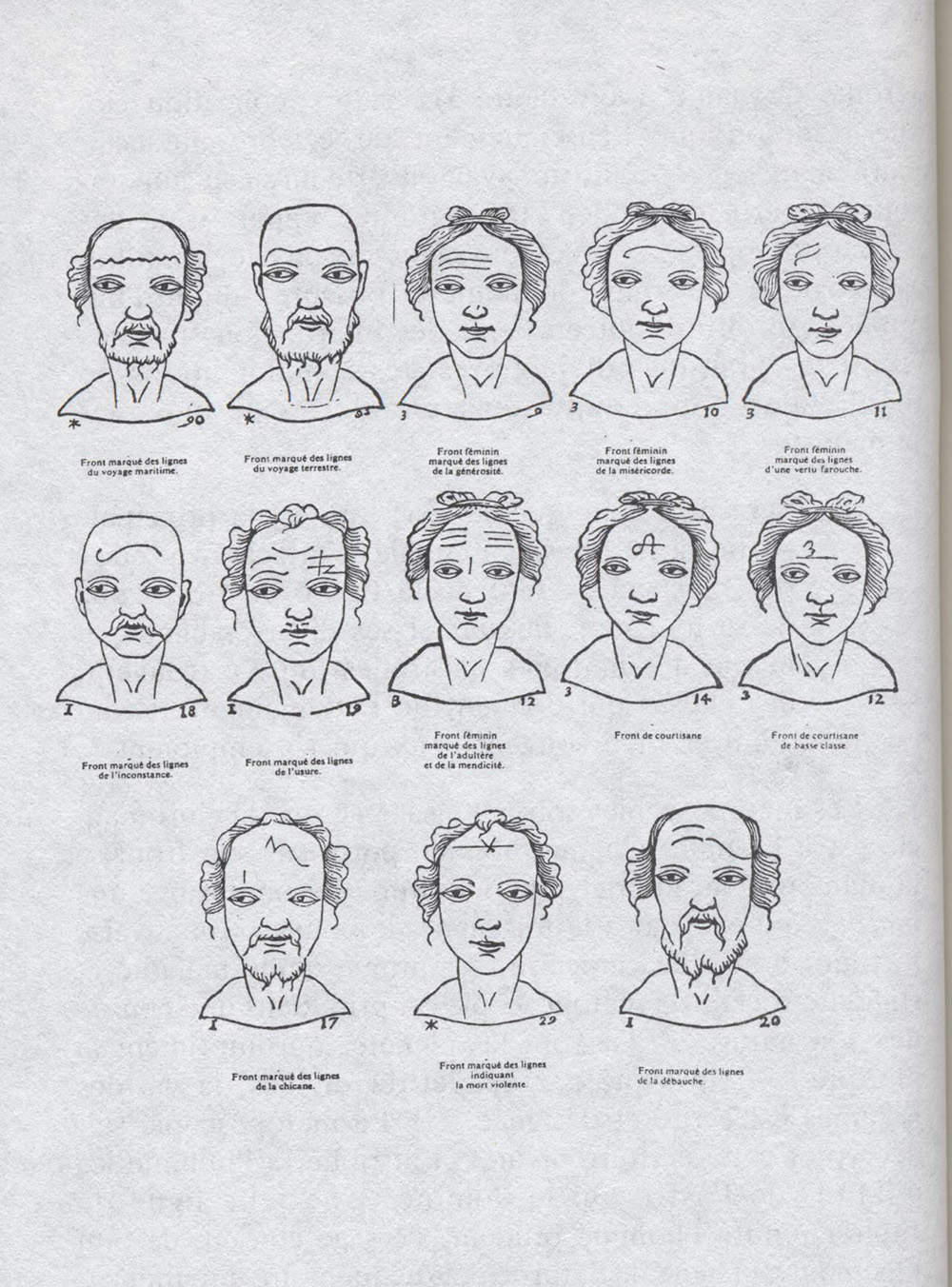
The basic underlying hypothesis is simple: The forehead is the scroll on which God wrote His sublime word. The deity does not act capriciously: These signs constitute a script left intentionally, so that humans could study it. They are, in Cardan’s view, like “Divine Letters, by which the lives of humans have been inscribed and designated.”
Astrologic-divinatory physiognomy was bound to encounter strong skepticism among the Renaissance intelligentsia. But a man must see to his own sustenance; and Jerome was constrained to prepare horoscopes to earn his keep. Nor did he lack rich customers, once he was famous. Furthermore, divination never lacked fervent followers, as its practitioners thrive under the cloak of infallibility. If the event predicted actually occurs, the prognosticator’s clairvoyance will be deemed miraculous and the clairvoyant a being of preternatural acumen. But if the prediction fails to take place, the diviner can concoct elaborate reasons that will explain the failure, deflect the blame, and, in so doing, flaunt a profound learning in the esoteric art of divination.
Cardan certainly cut an impressive figure in all these aspects of astrological practice. Still, horoscopic prediction remains an inherently uncertain field, as our man had occasion to confirm more than once. Thanks to his international renown, he was called to the then remote and barbarous Scotland to provide medical care for His Excellency, Bishop John Hamilton (1512–1571). Cardan treated the prelate’s asthma with passing success. Then, asked to draw his horoscope, the astrologer-physician predicted that Hamilton would live happily, but would be in danger of dying from cardiac disease. What actually happened was that the bishop was taken prisoner during the capture of Dumbarton Castle, summarily condemned to execution, and hanged at Stirling in 1571, thus achieving the dubious distinction of being the first Scottish bishop ever to die at the hands of an executioner. The stars had misinformed Cardan, yet he was by no means at a loss for words to shed the blame and persuasively outline the unavoidable causes of his wrong prediction.
In 1553, Cardan visited England and stayed with Sir John Cheke (1514–1557), an influential statesman and remarkable classical scholar who had been tutor to King Edward VI. The king and his court, like most people in those days, were believers in astrology. The visit of an Italian scholar was a memorable event. Renaissance Italy was a country haloed by artistic and scientific splendor: a privileged land where beauty had been given new, spectacular means of expression; and where the wisdom of the ancients was being revived with brilliance and diligent care. The few English visitors familiar with the country returned to describe in awe the wonders they had seen. Therefore, Cardan’s visit was a thrilling occasion to hear a man informed of the latest intellectual currents. He did not fail to make a horoscope for John Cheke, to whom he predicted a life of political as well as ecclesiastical power. Unfortunately, the stars, it seems, had spread misinformation once more. Cheke was accused of treason for conspiring to make Lady Jane Grey queen. He was imprisoned, released, imprisoned again; tried to secure his release by renouncing his religion; was forced to make a humiliating public recantation; and finally died in 1557. Of shame, some said. Not exactly the life of honors and happiness which Cardan had prophesied.
Cheke was the person who presented Cardan to King Edward VI (1537–1553), third of the Tudor dynasty. The famed Italian physician wished to dedicate to King Edward his newly written book “De varietate rerum.” The king was only 15 at the time, yet able to converse with Cardan in Latin, one of several languages that the monarch spoke with complete fluency — “better than I,” wrote Cardan flatteringly. The king inquired about the subject matter of many of Cardan’s strange books. The Italian astrologer-polymath, as expected, lost no time in drafting the monarch’s horoscope. To this end, he collected painstakingly detailed biographical information and made a prolonged, meticulous observation of the sovereign’s features, during which he noted the apparent frailty of the young monarch. After this, he wrote a prolix, multipage forecast. Cardan’s predictions were sometimes audacious, because he entirely trusted astrology. This time he foretold that the young king was going to live a long life; except that, upon reaching the age of 56, his health would be threatened by several dangers. “He will lust as a man, but will suffer the curse of impotence,” wrote Cardan. “He will be wise beyond measure, and thereby earn the admiration of the world; very prudent and high-minded; fortunate, and indeed a second Solomon.” Admirable predictions; marvelous in their circumstantial account of future happenings: Only someone with great occult powers would dare to lay out so detailed and itemized a description of events to come. Alas, this turned out to be a new, disastrous blunder.
The stars had misinformed Cardan, yet he was by no means at a loss for words to shed the blame and persuasively outline the unavoidable causes of his wrong prediction.
Jerome returned to Milan. Barely six months had passed when, on July 6, 1553, the English king died suddenly: He was 16 years old. Jerome wrote a monograph-sized analysis to explain his errors. He mentioned, although somewhat tangentially, the possibility of poisoning. Deaths of rulers in the 16th century were often suspected of being due to poisoning. However, King Edward VI had been in poor health: He had gone through an episode of measles and seemingly another of smallpox, or perhaps both at once. He manifested progressive weakness, shortness of breath, and cough productive of bloody sputum. His physicians declared him to be “consumptive,” that is, a sufferer of tuberculosis. At autopsy, his lungs showed destructive, cavitated lesions compatible with this diagnosis. Jerome argues, in his exculpatory report, that diseases may produce scars, tumors, distortions, and other pathologic changes of the external body that markedly interfere with a proper reading of corporeal signs. Physicians writing at the start of the present century remarked that the association between tuberculosis and a febrile infectious disease, particularly measles or smallpox, has been recognized for centuries; and the measles virus is now known to cause immunosuppression and thereby reactivation or dissemination of tuberculosis. Thus, the suggestion that Edward VI died of tuberculosis is plausible and accords well with present biomedical concepts.
Among other bizarre claims by Jerome Cardan, he said that he could tell the future by certain marks that formed on his body. For instance, a red spot appeared on his nails just before the arrest and imprisonment of his son; it disappeared right after his execution. He expatiated at length on the various meanings of these bodily marks in his book “De rerum varietate”(book VIII, chapter 43) and especially in his “De subtilitate”(book XVIII), one of his best-known works. But it must have been terribly frustrating for him to realize that all his knowledge of astrology and the occult did not allow him to predict his own imprisonment or the tragic death of his eldest son.
There is a tradition that Jerome Cardan had engaged in all sorts of astrological calculations by which he determined the exact date — year, month, day, and hour — of his death. The fatidical moment approached fast, yet nothing seemed to indicate that he was about to breathe his last. Therefore, our man decided to lock himself up, refused to eat, and let himself die. Anything was preferable to one more humiliation and the ridicule of going down in history as the ne’er-do-well astrologer whose horoscopic accuracy amounted to naught. “He was a martyr of his faith,” say his admirers. This narrative seems exaggerated and is probably apocryphal; but nothing should be surprising coming from Cardan. This extraordinary man had expressed a desire to terminate his own life and might well have chosen an extravagant way to do it. He died in Rome, aged 75, while under the protection of Pope Gregory XIII, who had recognized his outstanding merits. Jerome Cardan’s name endures in the history of philosophy.
Frank Gonzalez-Crussi is Professor Emeritus of Pathology at Northwestern University’s Feinberg School of Medicine, where he specialized in pediatric pathology. He is the author of 22 books in both English and Spanish, including “The Body Fantastic” and “The Language of the Face,” from which this article is adapted.
